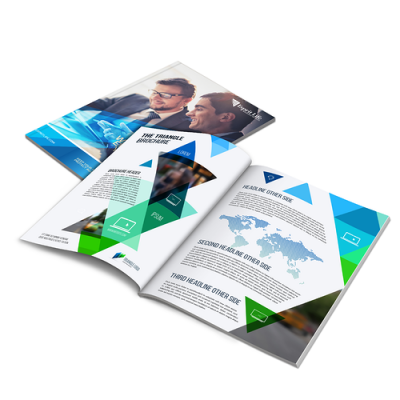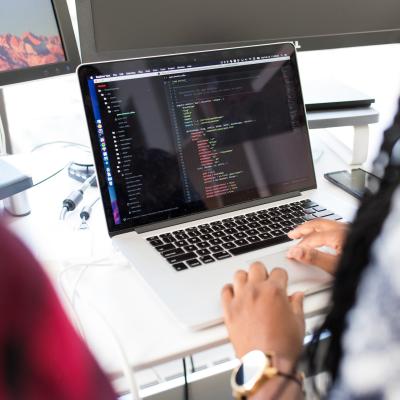Everyone’s views matter. We must be accessible to respondents with visible and invisible disabilities or barriers to participation, and welcoming and inclusive to people of all abilities. Accessibility is our default.
Probe’s accessibility plan is a living document that we will update yearly.
What we’ve done so far:
During the last couple of years, with the help of an accessibility consultant, we’ve audited our survey style and software, our focus group tools and recruitment methods and our documents to ensure these are accessible to people with a diverse range of hearing, movement, sight and cognitive abilities.
We have also reviewed best practices in the sector, the accessibility features offered by our survey and focus group software, and many of the tools and tips offered by the Manitoba Accessibility Office.
How we ensure accessibility:
We make an active offer – in all surveys, focus groups, interviews, workshops and other research methods, such as:
- The option in every survey to complete it using another, more accessible method – paper, telephone, etc.
- A focus group recruitment process that always asks potential participants about any accommodations they may need to participate fully in the discussion.
- A note in all reports and documents we create indicating it is available in alternate formats (including printed or large text copies) upon request.
We use survey design that follows best practices, including:
- Working with our survey software Voxco to improve accessibility features and ensure we’re structuring questions in the most accessible way. For example, we try hard to avoid “drag and drop” questions, which often don’t work on screen readers and are also difficult for those who have trouble using a mouse. We also avoid large item banks of questions and instead try to break them into individual questions or smaller item banks.
- Enabling zooming and scaling on all surveys, including on mobile devices.
- Checking the colour contrast on online surveys so that any text on a coloured background is easy to read. We aim for a balance, because high-contrast colour schemes can help people with a visual impairment navigate text, but people with dyslexia could prefer lower-contrast colour schemes.
- Using language that is plain, simple and free of jargon and acronyms. We try to cut down on wordiness and keep surveys as short as possible. We also try to offer clear instructions – how the “quit and save” function works, any time limits after which the survey times out, etc.
- Embedding alternative text to describe all non-decorative images, videos and logos, both as alternative text code and on the survey page itself.
We run focus groups, interviews, workshops and other qualitative research that are as accessible as possible by:
- Ensuring our screening, typically done by phone, is also available in other forms such as Zoom (with live captioning) or a chat tool, and that this active offer is made off the top.
- Using our skills, capacity and partners to ensure we have access to ASL interpreters, real-time captioning equipment or tools, descriptions of images or videos, and any other accommodations for people with hearing or visual impairments or who may need lower noise or low-lighting environments.
- Welcoming support personnel for in-person and online focus groups or workshops.
We create reports, memos and client-facing documents that:
- Use a larger font – 14pt, wherever possible – and built-in formatting features that are easier for screen readers to navigate.
- Eliminate the use of italics and all caps, which can be more difficult to read. We try to use bold instead (and sparingly) to highlight important words.
- Ensure all icons and images come with alt-text or the caption feature.
- Use bulleted lists (and not the tab key).
What we’re working on next:
- Our website, to ensure it meets at least Level AA of the Web Content Accessibility Guidelines 2.1, particularly for tablets and mobile devices.
- Some additional improvements to our reporting documents, including more care in the use of colours and contrast ratios.
- An accessible office. This is a very long-term goal as Probe is located in a heritage building at 191 Lombard Ave.
Probe is committed to improving accessibility for our research participants, our clients and our partners. If you encounter any barriers in any element of the work we do, please email [email protected] or call/text 204-470-8862.



